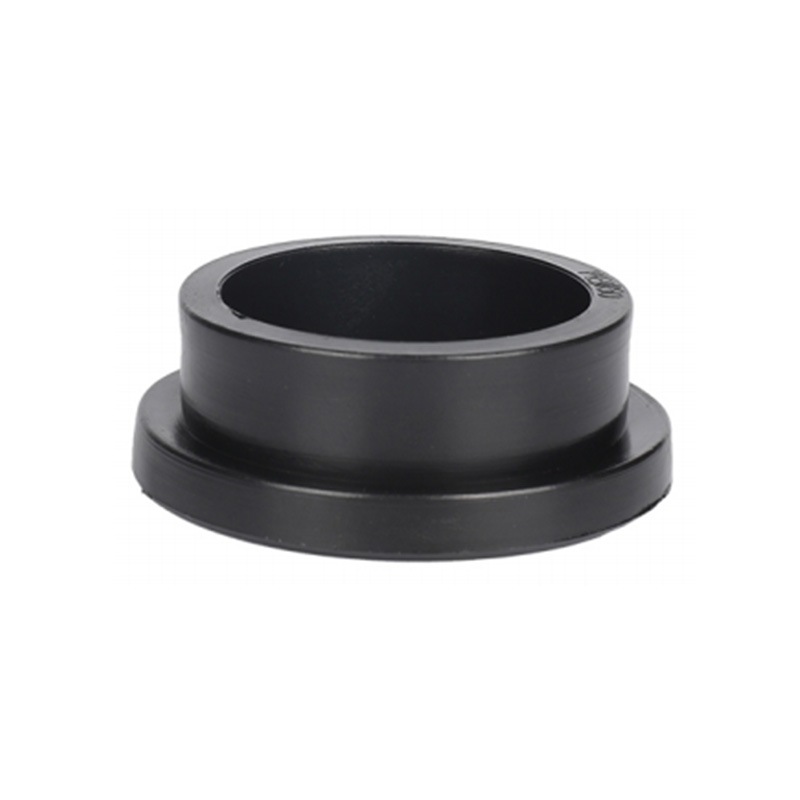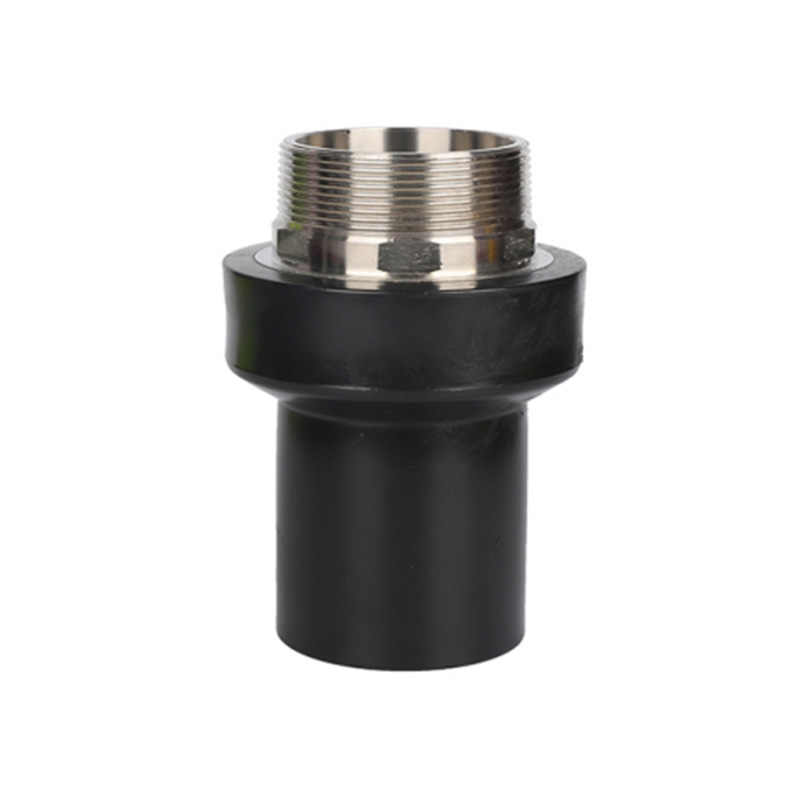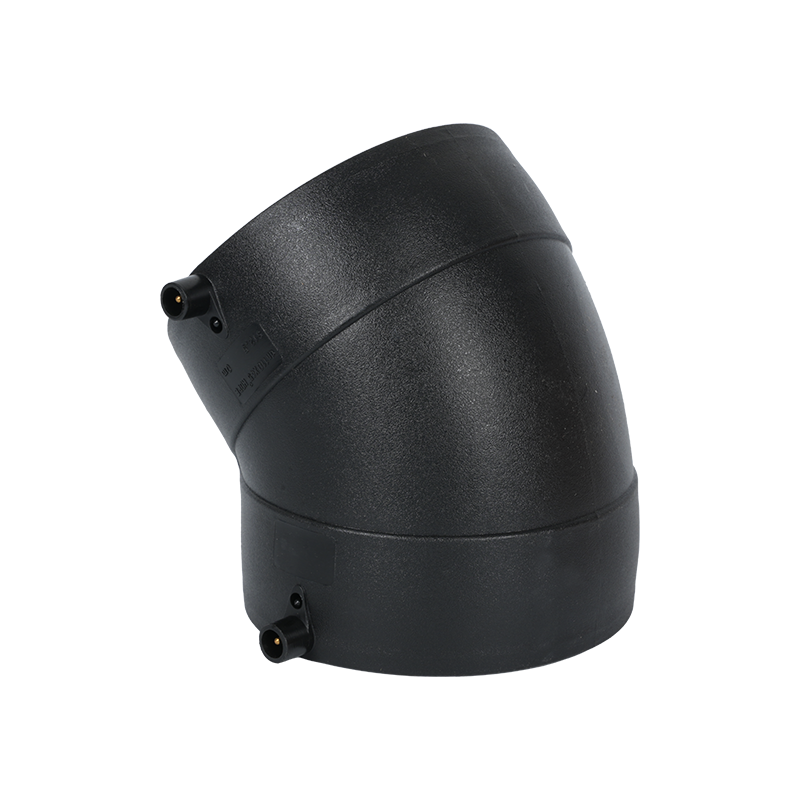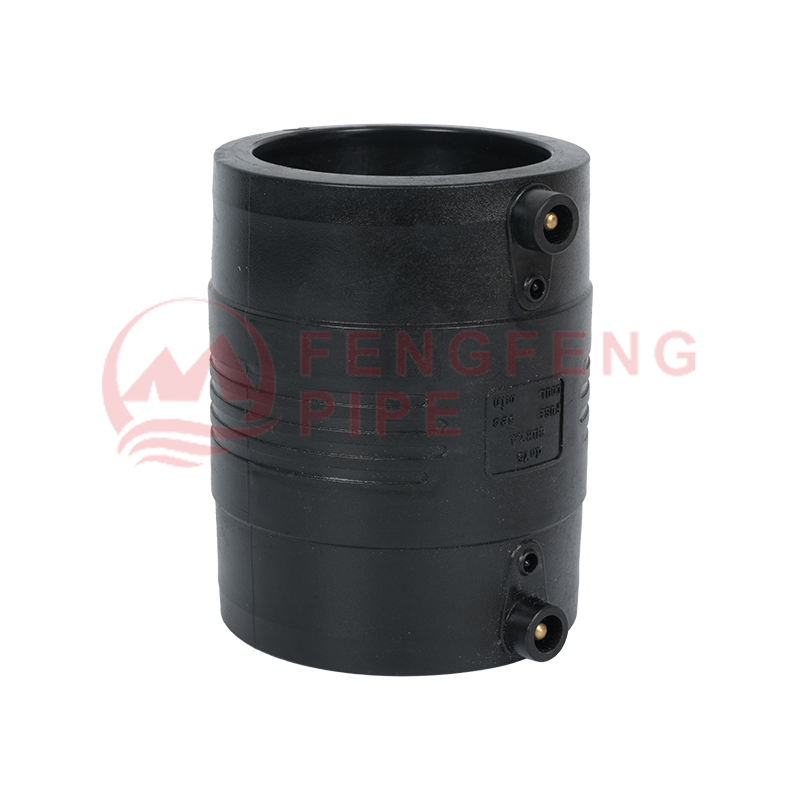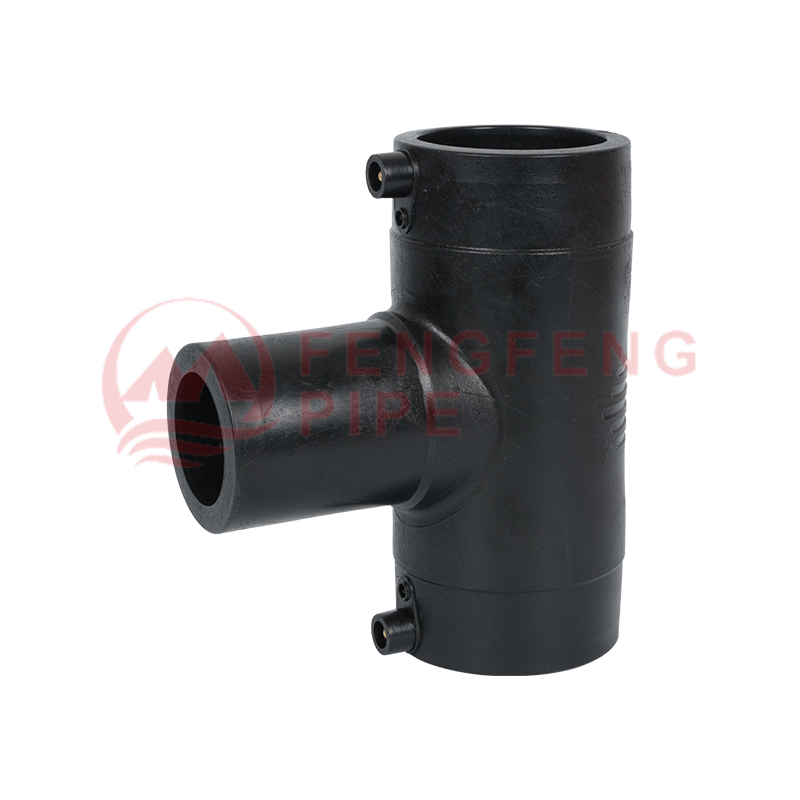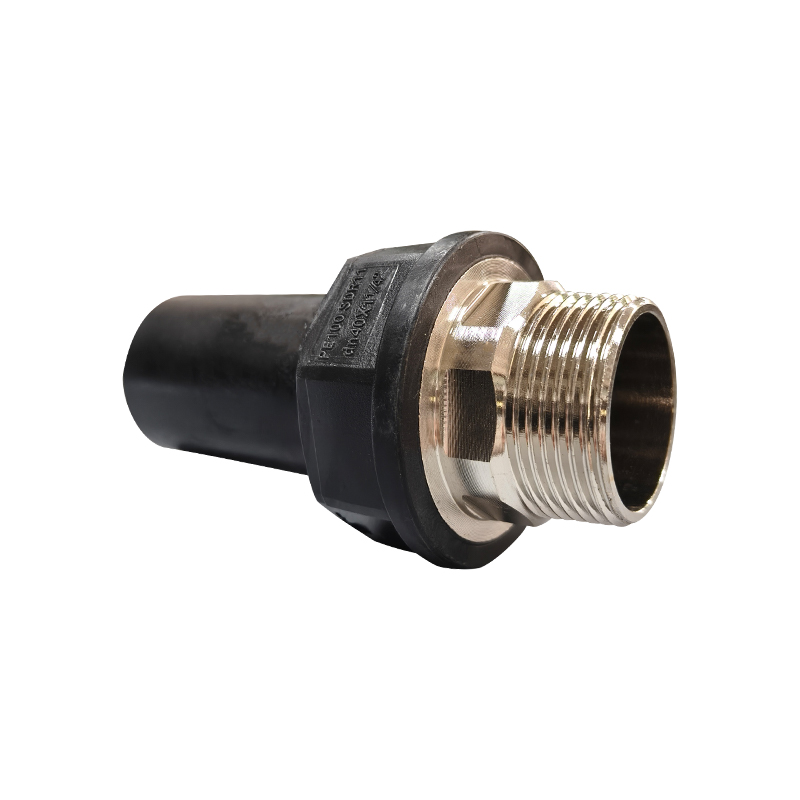What is the impact of ambient temperature on the storage of HDPE pipe fittings
 2024.11.04
2024.11.04
 Industry news
Industry news
High-density polyethylene (HDPE) pipe fittings are widely used in many fields such as urban water supply, drainage systems, agricultural irrigation, and industrial transportation due to their excellent physical and chemical properties. However, during the storage process of HDPE pipe fittings, ambient temperature is an important factor that cannot be ignored. Different ambient temperature conditions have a significant impact on the performance and service life of HDPE pipe fittings.
In high temperature environments, the molecular chains of HDPE pipe fittings may relax or rearrange, resulting in changes in the physical and chemical properties of the material. Specifically, continued high temperatures will reduce the hardness and strength of HDPE pipe fittings, while also weakening their wear resistance and corrosion resistance. This is because under high temperature conditions, the molecular chain is affected by thermal motion, and the interaction force between chain segments weakens, resulting in a decrease in the overall mechanical properties of the material. In addition, long-term exposure to high temperature environments will accelerate the aging process of HDPE pipe fittings. Aging refers to the gradual decrease in performance of materials due to the action of heat, light, oxygen and other factors during long-term use. In a high-temperature environment, the aging rate of HDPE pipe fittings is significantly accelerated, which may cause cracks and embrittlement on the surface of the material, seriously affecting its service life.
Compared with high temperature environments, the performance of HDPE pipe fittings will also change under low temperature conditions. Low temperature causes the molecular chain movement of HDPE pipe fittings to slow down, thereby reducing the flexibility of the material. Although this change may seem unfavorable, in low-temperature environments, the reduction in flexibility helps HDPE pipe fittings adapt to the uneven settlement of the foundation, thereby preventing the occurrence of fatigue cracks. However, when the temperature is too low, HDPE pipe fittings may become too brittle and hard, resulting in a decrease in impact resistance. Under extreme low temperature conditions, HDPE pipe fittings may even undergo brittle fracture, which will seriously affect their safety in use.
In order to ensure the stability of HDPE pipe fittings and extend their service life, the choice of storage environment is crucial. Long-term storage in high or low temperature environments should be avoided as much as possible. Generally speaking, the optimal storage temperature of HDPE pipe fittings should be kept within the normal temperature range (about 20-25°C), while ensuring that the ambient humidity is moderate (below 50%). Such storage conditions help maintain the physical and chemical stability of HDPE pipe fittings, thereby extending their service life.
During storage, special attention must be paid to avoid direct sunlight and high temperature and high humidity environments. Direct sunlight will cause the surface temperature of HDPE pipes to increase, thereby accelerating the aging process; high temperature and high humidity environments may cause the material to absorb moisture, thus affecting its insulation and mechanical properties.
KEEP IN TOUCH



